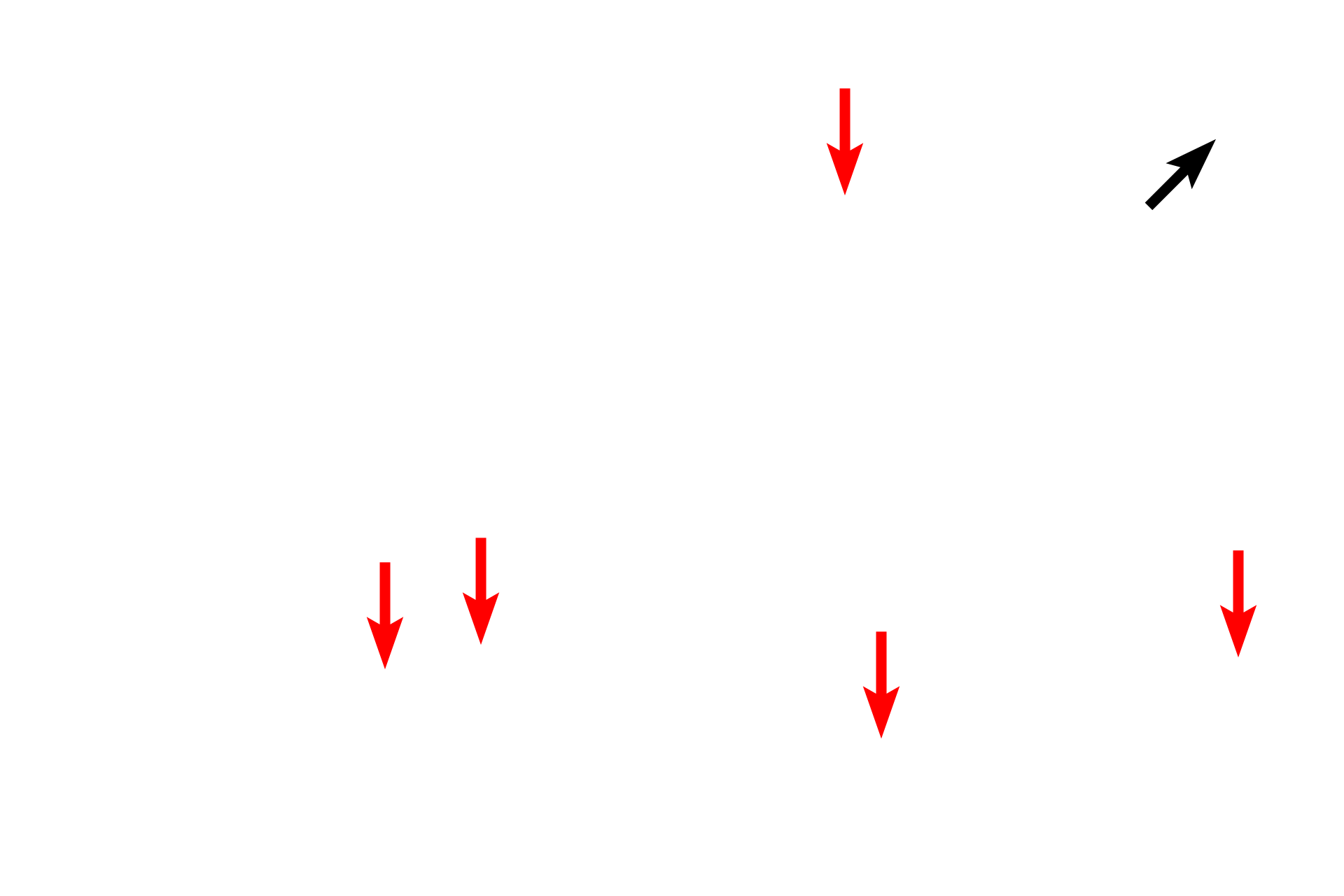
Overview: Cells
Along with the initial phagocytic defenses, a specific immune response can occur primarily from lymphocytes or their progeny. The result is either the production of humoral (blood-borne) antibodies or a cellular immune response. 5500x, 6000x (1000x inset)

Lymphocyte >
Two types of morphologically similar lymphocytes exist. Thymus-derived (T) lymphocytes are long-lived, provide cell-mediated immunity, and cycle between systemic circulation and lymphoid tissues. T cells may be helper or suppressor/cytotoxic cells, eliminating pathogen-infected and tumor cells. B lymphocytes transform into plasma cells after entering the connective tissue and secrete antibodies. Both types form memory cells

Plasma cell >
B lymphocytes become activated to form plasma cells after exposure to antigen and co-stimulation by a helper T lymphocyte. Plasma cells produce a blood-borne (humoral) antibody against this antigen. Antibodies are proteins, so a plasma cell possesses a well-developed rough endoplasmic reticulum and Golgi complex.

- Rough endoplasmic reticulum
B lymphocytes become activated to form plasma cells after exposure to antigen and co-stimulation by a helper T lymphocyte. Plasma cells produce a blood-borne (humoral) antibody against this antigen. Antibodies are proteins, so a plasma cell possesses a well-developed rough endoplasmic reticulum and Golgi complex.

- Golgi complex
B lymphocytes become activated to form plasma cells after exposure to antigen and co-stimulation by a helper T lymphocyte. Plasma cells produce a blood-borne (humoral) antibody against this antigen. Antibodies are proteins, so a plasma cell possesses a well-developed rough endoplasmic reticulum and Golgi complex.